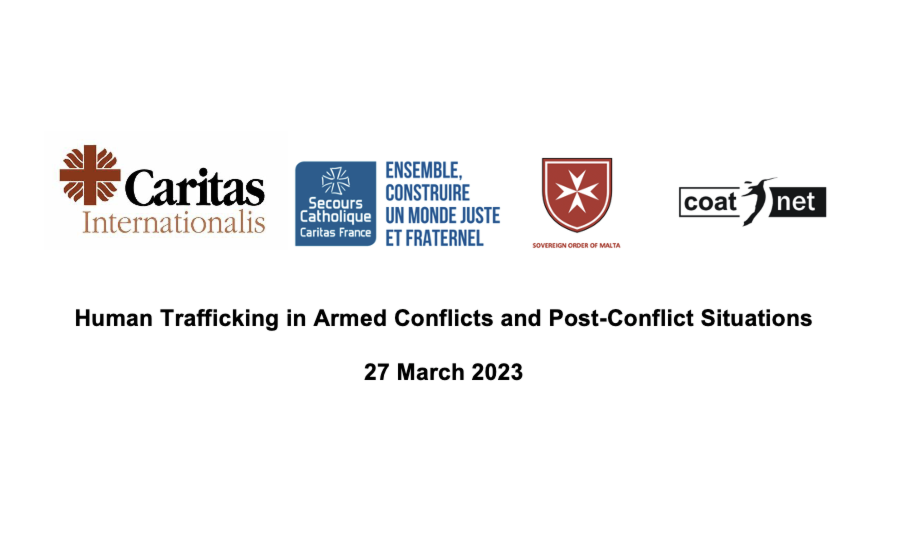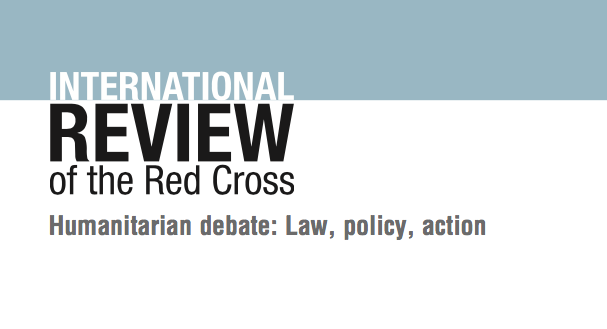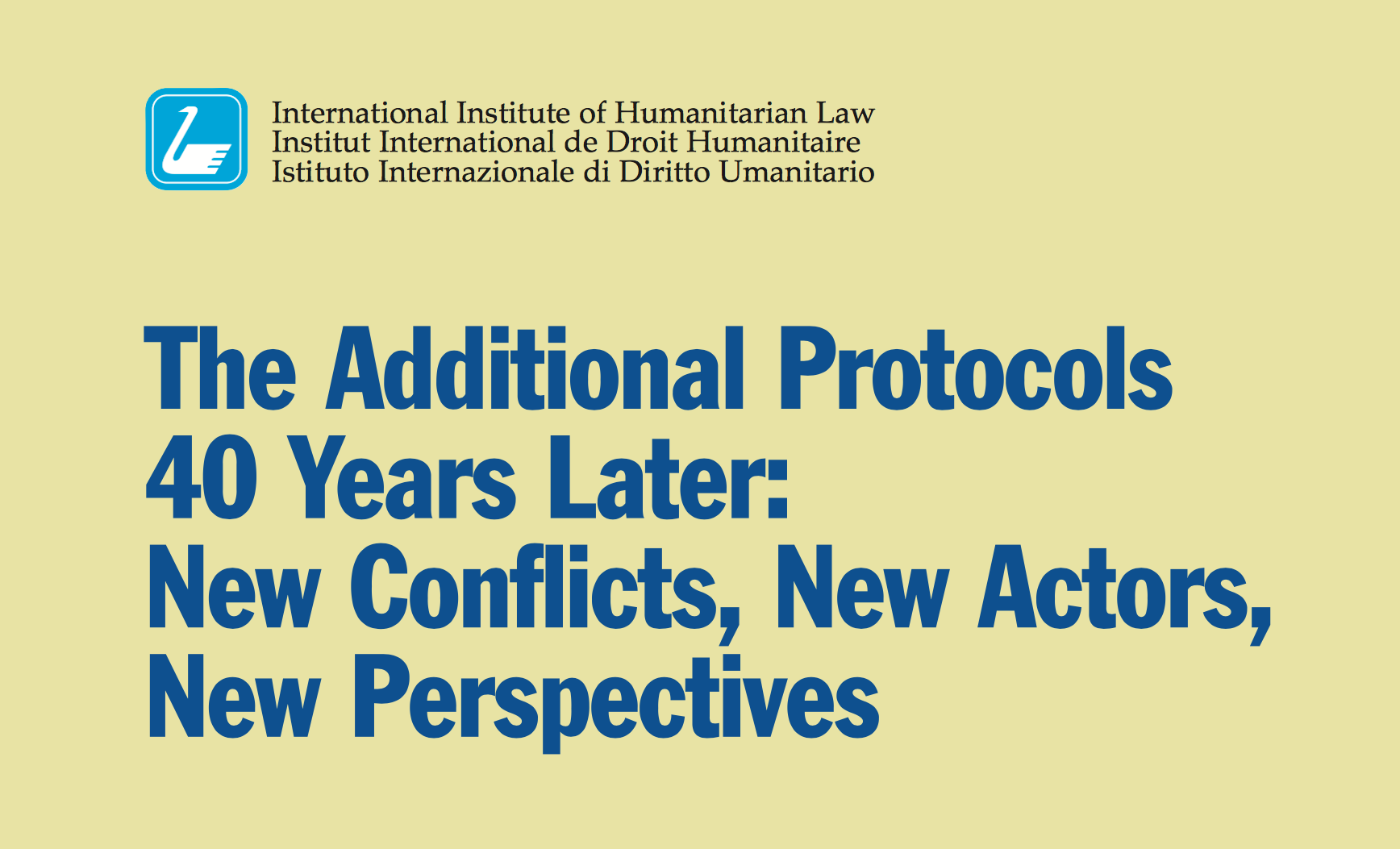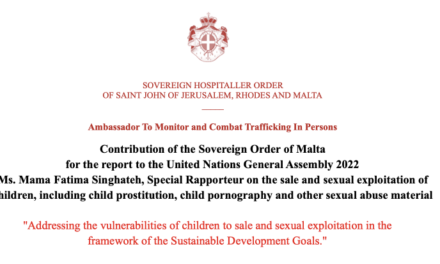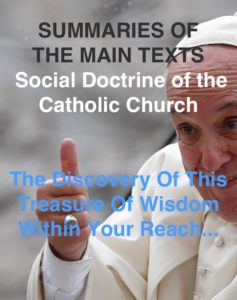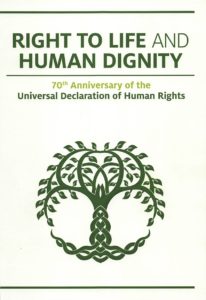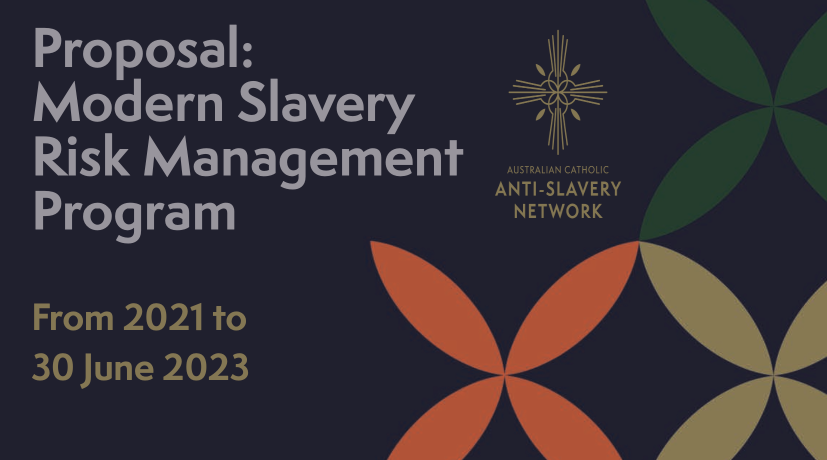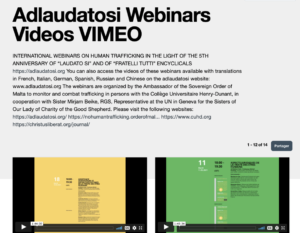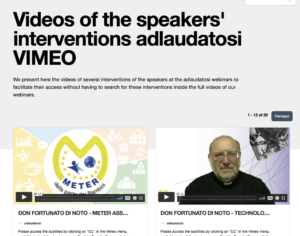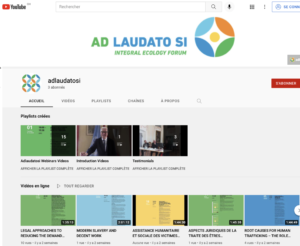Human Trafficking in Armed Conflicts and Post-Conflict Situations
27 March 2023
Concept note
Co-organisers: Caritas Internationalis, Secours Catholique — Caritas France, Sovereign Order of Malta, with the support of COATNET
Date: Monday 27 March
Duration: 1h 00 min. 11.00–12.00 (CET)
Location: Palais des Nations — United Nations, Geneva Room XXII
1) Rationale and objectives
Twenty-three years after the United Nations Protocol to Prevent, Suppress and Punish Trafficking in Persons, especially Women, and Children, the scourge of human trafficking is far from being defeated. As stated in the last UN Global Report on Human Trafficking (2022) , every day in every country, women, men, and children are exploited and enslaved by traffickers in various forms. Millions of people have been left behind as crises have reversed hard-won development gains and resulted in record displacement. UNODC registered a decrease in 2020 in the number of victims detected globally due to pandemic-related restrictions on movement and business operations, which may have reduced some forms of tracking, including tracking for sexual exploitation and cross-border tracking (mainly in low- and middle-income countries). The number of convictions for tracking in persons in 2020 decreased by an alarming 27 percent over 2019. The poor and the vulnerable are most at risk. Globally, over 70 percent of detected victims are women and girls, while nearly one-third are children.
Existing and emerging war conflicts (including, but not limited to, Ukraine, Syria, Yemen, Eritrea, and others) have led to a dramatic development of trafficking. In Europe, the war in Ukraine has contributed to revealing this phenomenon in the country itself, the border countries, and the host countries of people fleeing the fighting . Preventing conditions of trafficking of human beings in armed conflicts and supporting the victims is vital, whether it is sexual exploitation (using rape as a weapon of war), the deportation of children for adoption, the sale of babies, labor exploitation, coercion to commit crimes or begging, or forced marriage under the pretext of a better life. In the face of the horror of war, men, women, and children are sometimes exploited to survive.
Despite this grave violation of human rights, human trafficking in conflict and post-conflict situations is a topic on which little research has been conducted and is rarely addressed by actors supporting displaced persons and/or refugees. Emergency aid programs, both during conflict and in support of exiled people, still do too little to address exploitation or the presence of vulnerable groups, such as children without family guardianship, unaccompanied women, or persecuted minorities. According to organizations working on the ground, due to the proliferation of armed conflicts around the world (Middle East, Ukraine, Africa, etc.), mainly affecting civilians and resulting in unprecedented numbers of displaced persons and refugees, trafficking and exploitation of human beings seem to be increasingly in the foreground. If these problems are not addressed, the phenomenon may become permanently entrenched in countries under reconstruction after armed conflict .
To effectively combat this scourge, long-term measures are needed. These include translating the relevant legal frameworks into action, assisting victims, empowering them, strengthening their capacity-building, and raising awareness at national and international levels to build a space for open dialogue and exchange of information between non-state actors and public administration.
OBJECTIVES
● Understanding trafficking in human beings in armed conflict and post-conflict situations: the forms it takes and how it is carried out; the impact of armed conflicts on human rights and on the vulnerability of the population to human trafficking.
● Supporting more effectively refugees fleeing conflicts and who are at risk of or victims of trafficking by producing new tools from institutions and NGOs; respond (assistance, psychological support for people fleeing war, legal aid) of institutions and Civil Society Organisations to the people affected by the armed conflict (survivors of human trafficking) in conflict and post-conflict situations.
● Drawing up a series of recommendations, based on local research and trials, to better address trafficking in human beings in aid and rehabilitation programs for armed conflict and post-conflict situations and disseminate them to local, national, regional, and international stakeholders.
2) Expected outcomes:
● Reinforcing human rights based approach on human trafficking in armed conflicts and post-conflict situations putting emphasis on victims and survivors.
● Gathering information and share lessons learned from other contexts with the aim to identify key advocacy priorities to promote local actions from key actors (including Governmental Institutions, NGOs, Faith-Based Organisation, and survivors) to foster better inclusion of victims of trafficking in local, national and regional policies and strategies, as well as related policies on migration and displacement. In every conflict, have the same concern for victims of trafficking in human beings regardless of their nationality.
● Promoting and improving already existing mechanisms at international and national level to fill gaps and face challenges in the implementation and evaluation of programs and recommendations (obligations of States at international level under human rights and international humanitarian law applicable in armed conflicts).
● Using restorative justice as a complement to criminal justice: restorative justice is an approach to justice where one of the responses to a crime is to organise a meeting between the victim and the offender, sometimes with representatives of the wider community. The goal is for them to share their experience of what happened, to discuss who was harmed by the crime and how, and to create a consensus for what the offender can do to repair the harm from the offence.
Proposed Agenda
Introduction by the moderator: Geneviève Colas, Secours Catholique — Caritas France and COATNET (6 min.)
Opening remarks: Michel Veuthey, Sovereign Order of Malta (6 min.)
1) Natalia Holynska, Manager of counter-trafficking projects, Caritas Ukraine and COATNET (6 min.)
Human Trafficking in the Context of Armed Conflict in Ukraine
2) Codruta Fernea, president of Catholic Action Romania, Romania (video recording 6 min)
Preventing human trafficking at the borders and in neighbouring countries
3) Hessen Sayah, Head of Protection Department, Caritas Lebanon and COATNET, Lebanon (video recording 6 min)
Migrants and refugees in crisis within a crisis
4) Special Rapporteur (6 min.)
Global priorities to combat trafficking in human beings arising from armed conflict
Debate with participants and wrap up by the moderator (24 min.)

